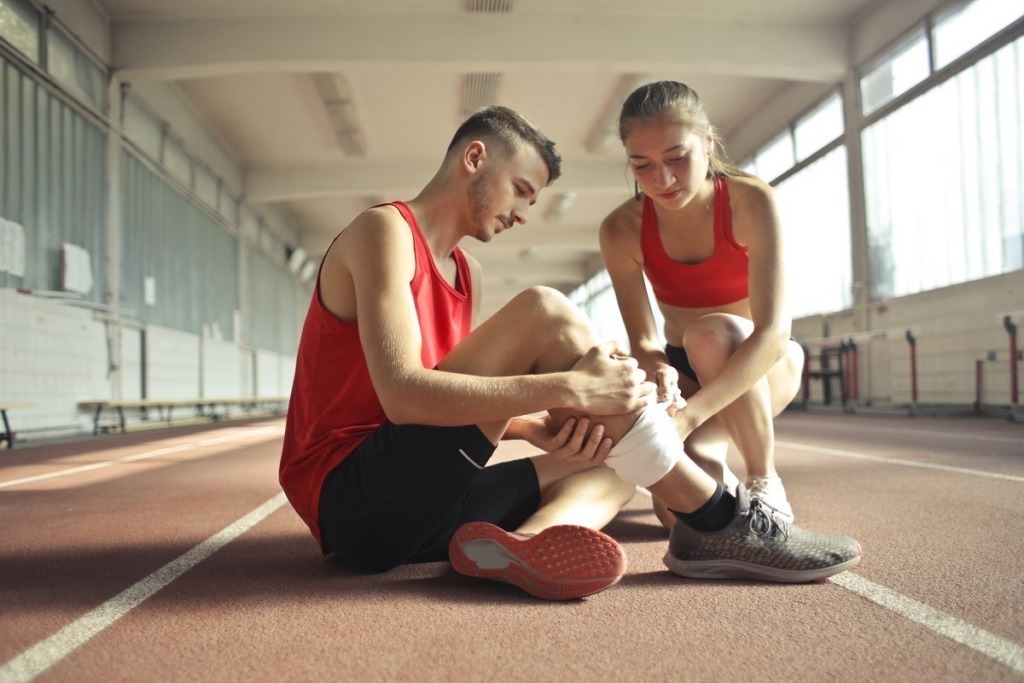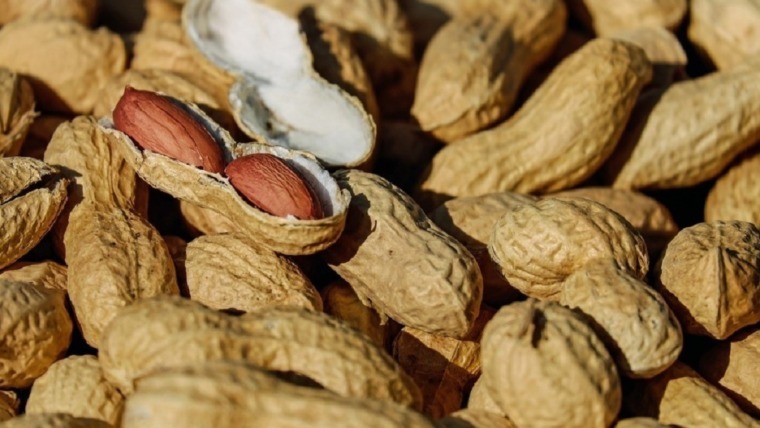
Maintaining muscular flexibility and joint range of motion
Written by Dr Jason Stone
Muscular flexibility and joint range of motion are often taken for granted, and rarely come up as a key focus in fitness and training regimes. Yet in my opinion, a neglecting these two bodily functions can be a major precursor to injury, and a limiting factor to optimal sporting performance.
To help explain this statement, consider why the average golfer cannot play a consistent 18 holes. Or why a thinly built teenager can drive a ball further than a stronger adult? Many golfers will know the answer is ‘timing’ (i.e. contacting the ball with the ‘sweet spot’ of the club head at the optimal speed).
As most of us know, ‘timing’ is heavily reliant on a smooth, coordinated movement, hence any resistance from tight muscles and stiff joints is going to affect the timing of the swing. This is why some golfers improve as they get warmer and others will decline as their muscles fatigue and tighten; and timing is also why a younger, more flexible person can often connect better with the ball than a stronger, less mobile person.
These same principles can be applied to all sports and explains why a more flexible person can perform longer and more consistently; whilst a less flexible person who is pushing themselves to a high level is at a greater risk of injury.
Osteopaths use a variety of ‘hands on’ treatment techniques to improve your muscular flexibility and joint range of motion. They will assess and treat not only the location of pain but also related regions which may have predisposed to the injury. A benefit in seeing an osteopath for a sporting injury is that they will assess you to identify the cause of it, which not only aids recovery but also greatly reduces the risk of recurrence.
The most common sporting injuries Osteopaths treat and manage are:
- Muscle strains/tears
- Knee ligament and tendon injuries
- Ankle Ligament sprains/tears
- Shoulder tendonitis/impingement
- Chronic Hip/Groin/Hamstring injuries
- Rehabilitation of reconstructive and arthroscopic surgeries
Osteopaths will generally prescribe for you the appropriate exercises to maintain joint range of motion and muscular flexibility as well as the relevant strengthening exercises. If you want to know whether a local osteopath is in your area, visit Osteopathy Australia’s ‘Find an Osteo’ search tool – get started with a simple postcode search and a list of nearby osteopaths will come up.
Osteopathy for Sports Injuries Osteopathy for Sports Injuries Osteopathy for Sports Injuries



